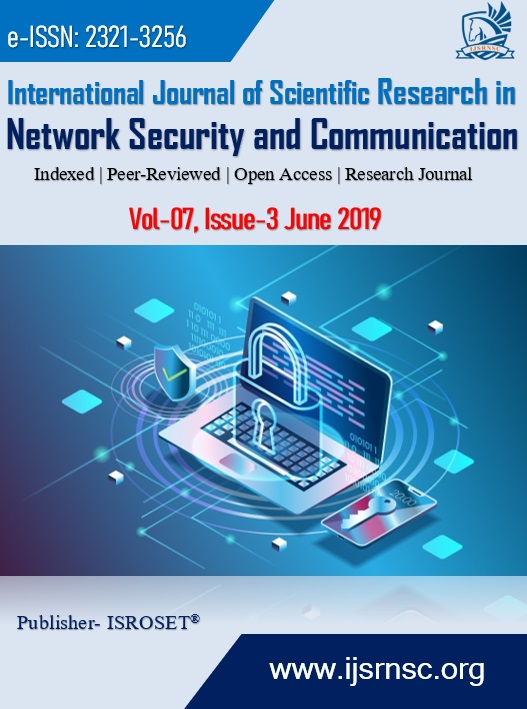Open Access ArticleMachine Learning – A New Paradigm of AI
Keywords:
Machine learning, supervised learning, unsupervised learning, classificationAbstract
Artificial intelligence is a field of programming building which gives PCs an ability to learn without being unequivocally modified. Computer based intelligence is used in a combination of computational errands where organizing and programming unequivocal algorithms with extraordinary execution isn`t basic. Applications fuse email isolating, affirmation of framework gate crashers or threatening insiders advancing toward a data break. One of the foundation objectives of AI is to get ready PCs to utilize data to deal with a foreordained issue. An extraordinary number of usages of AI like classifier getting ready on email messages to isolate among spam and non-spam messages, blackmail revelation, etc. In this article we will focus on stray pieces of AI, AI endeavors and issues and diverse AI algorithms.
References
R. Maruthaveni and V. Kathiresan, “A Critical Study on RFID”, IJSRNSC, Volume-6, Issue-2, pp. 62-65, April 2018.
Rakesh Kumar Saini, “Data Mining tools and challenges for current market trends-A Review”, International Journal of Scientific Research in Network Security and Communication, Vol.7, Issue.2, pp.11-14, 2019.
Talwar, A. and Kumar, Y. “Machine Learning: An artificial intelligence methodology”. International Journal of Engineering and Computer Science, 2, pp.3400-3404, 2013.
Muhammad, I. and Yan, Z.,. “Supervised Machine Learning Approaches: A Survey”. ICTACT Journal on Soft Computing, 5(3), 2015.
Singh, S., Kumar, N. and Kaur, N. “Design And development Of RFID Based Intelligent Security System. International”, Journal of Advanced Research in Computer Engineering & Technology (IJARCET) Volume, 3, 2014.
Downloads
Published
How to Cite
Issue
Section
License

This work is licensed under a Creative Commons Attribution 4.0 International License.
Authors contributing to this journal agree to publish their articles under the Creative Commons Attribution 4.0 International License, allowing third parties to share their work (copy, distribute, transmit) and to adapt it, under the condition that the authors are given credit and that in the event of reuse or distribution, the terms of this license are made clear.









